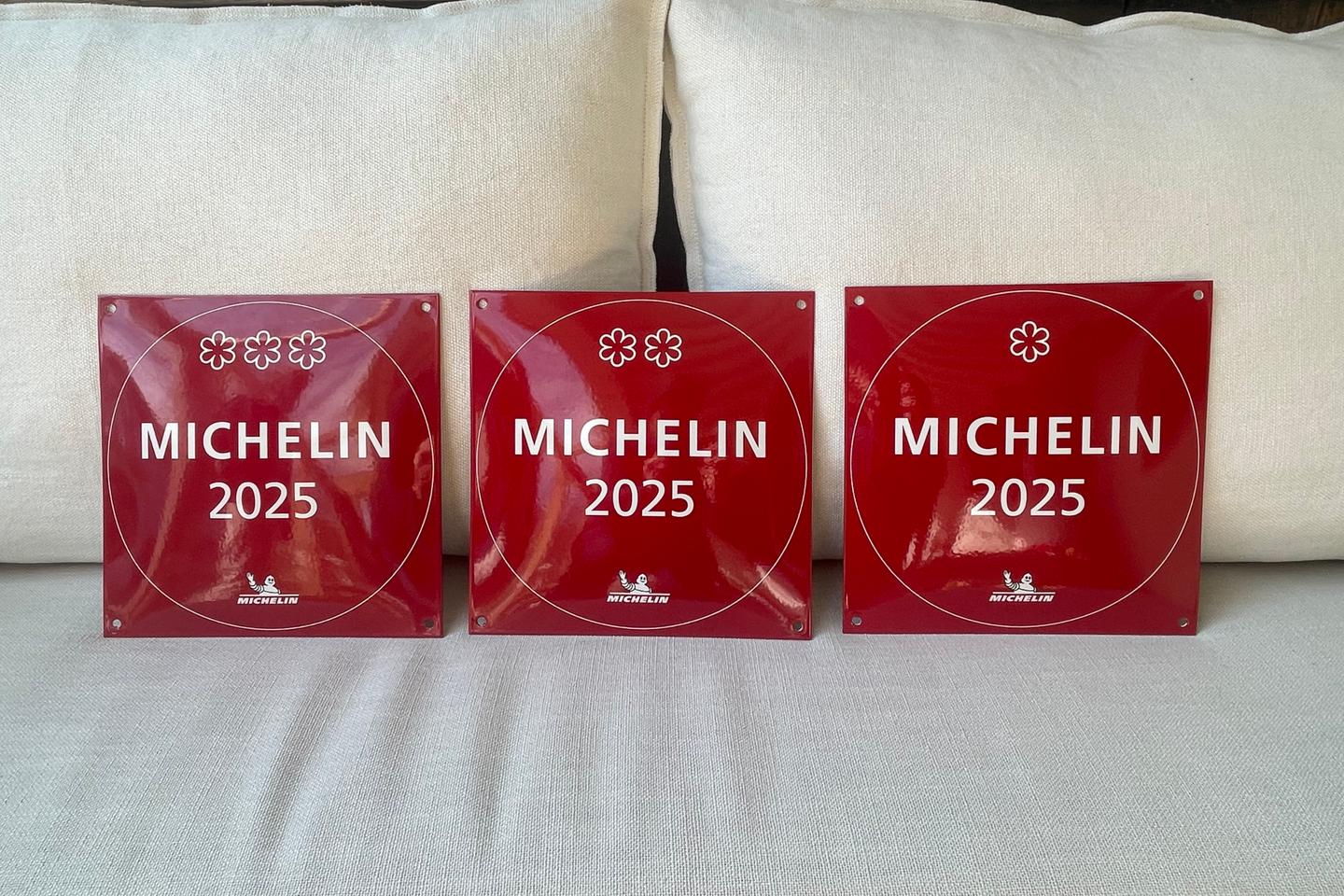


The Michelin Guide is France's leading gastronomic guide. The privately-owned company gets over 70 million unique visitors a year to its website – which features some 50 destinations and culinary reviews in 27 languages – and its influence is multiplied by social media.
Its predominance is also symbolic: Michelin assembles impressive battalions of chefs for each of its events. The most eagerly awaited is the star award ceremony for France, held this year in Metz on Monday, March 31.
And yet, the guide is still met with distrust. It's been accused of subjectivity, corruptibility, and for giving out bonuses to reality TV contestants. Here are the main problems with the Guide.
How reliable is the Michelin guide?
That's the main question, and it's one that will be asked for a long time to come. For almost a century now, the guide has been publishing rankings, but it has always kept a low profile. We don't know who its inspectors are, how many there are, or how often they visit restaurants. And its criteria is vague: one star rewards "high-quality cooking"; two stars, "excellent cooking"; three stars, "exceptional cuisine." This makes it easy for rumors to spread: Guy Savoy, who lost his third Parisian star in 2024, is said to have been sanctioned for his proximity to rival culinary guide La Liste; Georges Blanc, recently downgraded, is said to have kept his three stars in Vonnas for a long time because of his Freemason contacts...
Michelin director Gwendal Poullennec dismisses these suspicions. "We have total independence," he said. "We have an ever-growing number of inspectors of some 30 different nationalities, who work for us full-time and can move from one country to another during the year." French restaurants are therefore inspected by French and foreign professionals who have held positions in the hotel, restaurant or sommelier industries for around 10 years before joining the guide. "We then train them for two to three years, sending them to restaurants in different categories, sometimes abroad," he added. "Each inspector can have 300 to 350 meals a year, sometimes alone, sometimes with another inspector or even with a group of colleagues. We pay for all their travel and meals."
You have 70.8% of this article left to read. The rest is for subscribers only.
